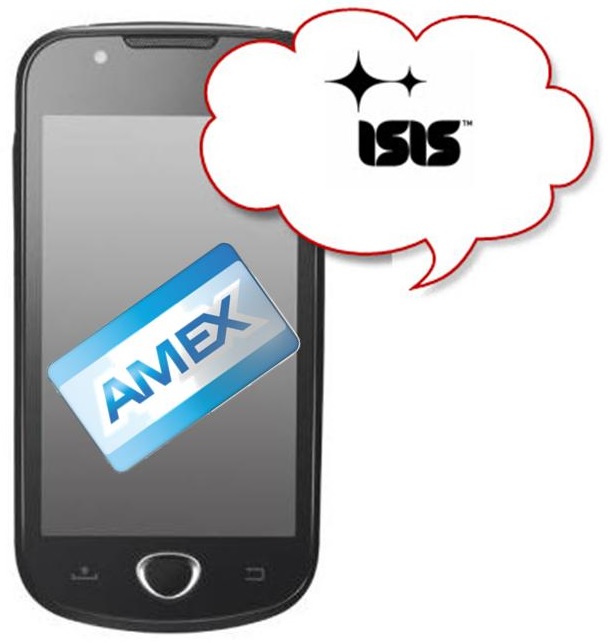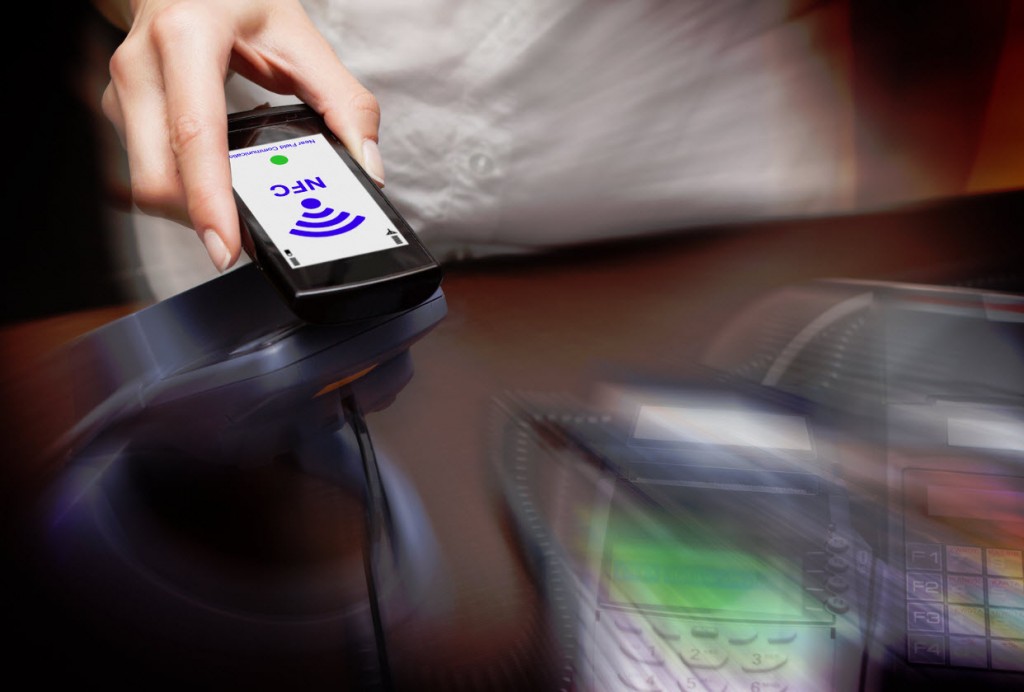This adds one more option to the limited number of cards that are currently available to use.
The joint venture Isis mobile wallet that was created through AT&T, T-Mobile, and Verizon has not been entirely popular among consumers, even after its nationwide launch in November, but the payments option is now working to overcome one of its primary barriers to adoption.
The system is now supporting American Express Serve to help to boost its cards.
One of the primary problems that consumers have had with the Isis mobile wallet is that it supported only two cards. Those are the Chase and American Express cards. This means that if a consumer wishes to try the service he or she must have one of those two cards. It won’t support regular debit cards, nor the two credit card giants, Visa and MasterCard, at the moment. This new addition could help to change that.
The latest change to the Isis mobile wallet could mean that more cards will be compatible, if indirectly.
 With the support that the payments service will now have for American Express Serve, it will mean that there could be a roundabout way for consumers to be able to choose their favorite cards to pay for their purchases. The reason is that Serve acts as a kind of digital prepaid card that can be prepaid. This means that it can be loaded with funds from credit cards, debit cards, or a bank account. Once the funds have been added, it can be used in any location that already accepts American Express credit cards.
With the support that the payments service will now have for American Express Serve, it will mean that there could be a roundabout way for consumers to be able to choose their favorite cards to pay for their purchases. The reason is that Serve acts as a kind of digital prepaid card that can be prepaid. This means that it can be loaded with funds from credit cards, debit cards, or a bank account. Once the funds have been added, it can be used in any location that already accepts American Express credit cards.
As Serve has already been doing a great deal better than the Isis mobile wallet, overall, particularly among business clients, it looks as though this could give the program a considerable shot in the arm in terms of its appeal to consumers and its compatibility with the types of cards that they already carry. It has also been considered to be quite helpful in terms of expense management, as it functions in the same way as cash instead of credit. It makes it easier for the user to be able to stick to a budget and pay attention to how much he or she is spending.

 The researchers in this study found that although near field communication based contactless payments are becoming increasingly popular in the United Kingdom and Europe, and that consumers are trusting this tech as safe, these transactions are actually more vulnerable than had previously been thought.
The researchers in this study found that although near field communication based contactless payments are becoming increasingly popular in the United Kingdom and Europe, and that consumers are trusting this tech as safe, these transactions are actually more vulnerable than had previously been thought.